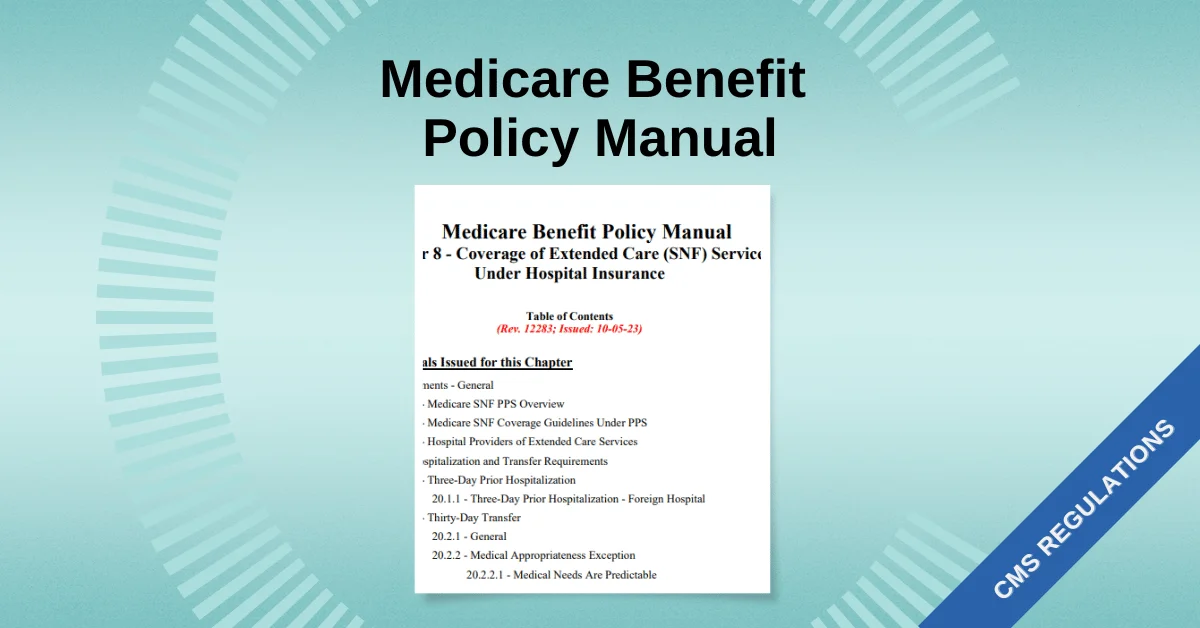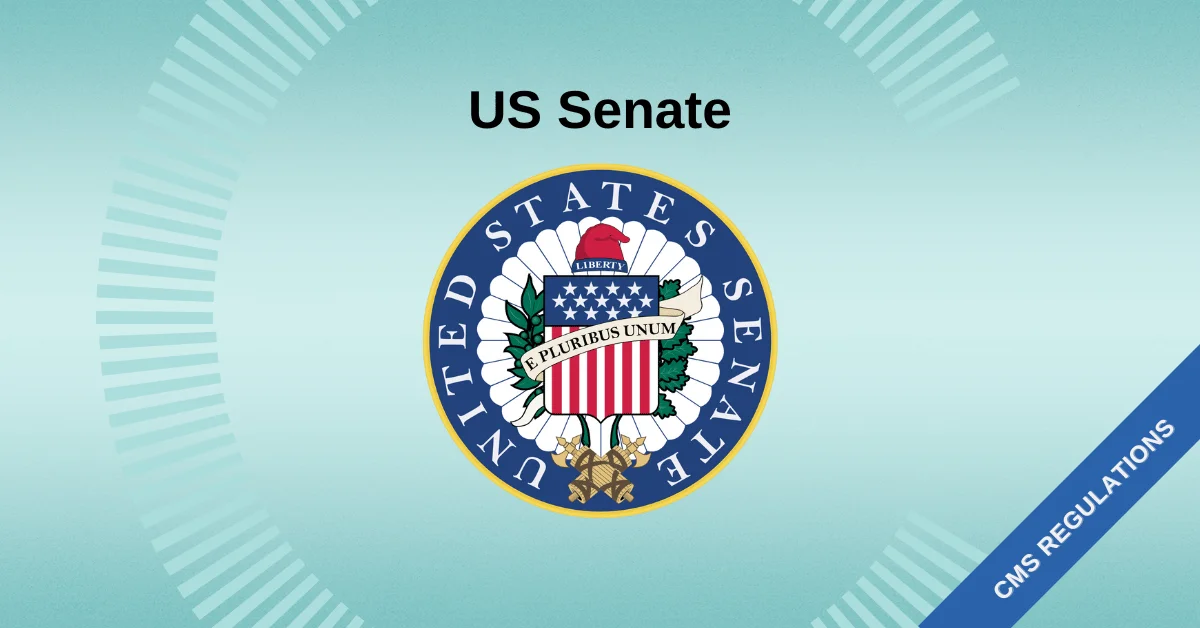
Some highlights include that a significant majority of enrollees pay no premium beyond the standard Medicare Part B premium, and these plans often include supplemental benefits like vision, hearing, and dental care not typically covered by traditional Medicare. The analysis also explores out-of-pocket limits, which provide a financial ceiling for enrollees’ medical costs, a feature absent in traditional Medicare. Finally, the source emphasizes the widespread use of prior authorization for various services within Medicare Advantage, a practice rarely seen in the traditional program.
In 2025, more than three quarters (76%) of enrollees in individual Medicare Advantage plans with prescription drug coverage pay no premium other than the Medicare Part B premium, which is a big selling point for beneficiaries, particularly those living on modest incomes and savings. Individual Medicare Advantage plans are available to all enrollees, unlike special needs plans (SNPs) or group plans offered to retirees by an employer or union.
Most Medicare Advantage enrollees are in plans that offer supplemental benefits not covered by traditional Medicare, such as vision, hearing and dental. From 2024 to 2025, access to supplemental benefits for Medicare Advantage enrollees remained relatively stable for most services. However, there were some exceptions, including a decrease in the share of individual plan enrollees in plans providing remote access technologies, over the counter benefits, and transportation benefits. The share of SNP enrollees in plans that offered bathroom safety devices increased, while the share of SNP enrollees in plans that offered transportation benefits, remote access technologies, and acupuncture decreased.
There was a sharp increase in the share of enrollees in plans offering a rebate against the Part B premium typically less than $10 a month. Among enrollees in individual Medicare Advantage plans, the share that received a Part B premium rebate increased from 12% in 2024 to 32% in 2025. However, among these enrollees, about half are in plans that offer rebates of less than $10 a month while fewer (36%) are in plans that offer rebates of $50 or more per month.
Nearly all Medicare Advantage enrollees (99%) are in plans that require prior authorization for some services, which is generally not used in traditional Medicare. Prior authorization is most often required for relatively expensive services, such as skilled nursing facility stays (99%), Part B drugs (98%), inpatient hospital stays (acute: 96%; psychiatric: 93%) and outpatient psychiatric services (80%) and is rarely required for preventive services (7%).
Ochieng, N., Freed, M., Biniek, J. F., Damico, A., & Neuman, T. (2025, July 28). Medicare advantage in 2025: premiums, Out-of-Pocket limits, supplemental benefits, and prior authorization | KFF. KFF. https://www.kff.org/medicare/issue-brief/medicare-advantage-premiums-out-of-pocket-limits-supplemental-benefits-and-prior-authorization/



